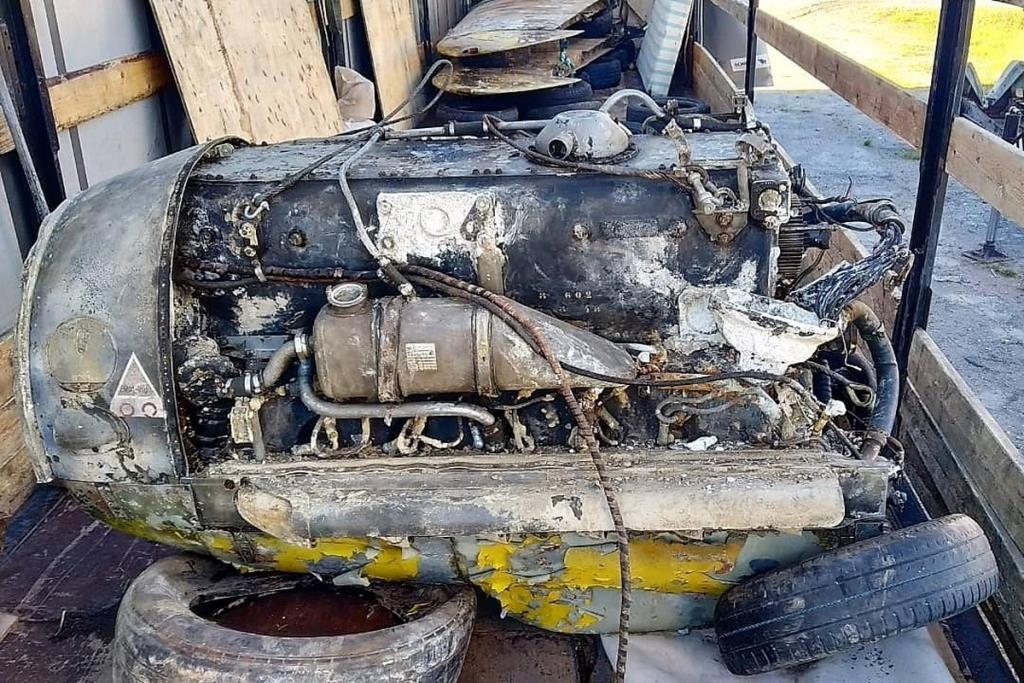What is the most incredible find during excavations at WWII battle sites? Many will say - helmet Waffen SS, Knight's Cross of the Iron Cross or a whole tank! And how would you feel if you found, for example, a Focke-Wulf or IL2 aircraft? In this article, there will be many photographs digging up WW2 aircraft with a description of the places where they were found, including the history of the crash.
Dug-out aircraft Fw190A (Focke-Wulf Fw 190 Würger)
This Focke-Wulf was found during excavations in a forest near the village of Kirishi (Leningrad region of Russia) in 1991.
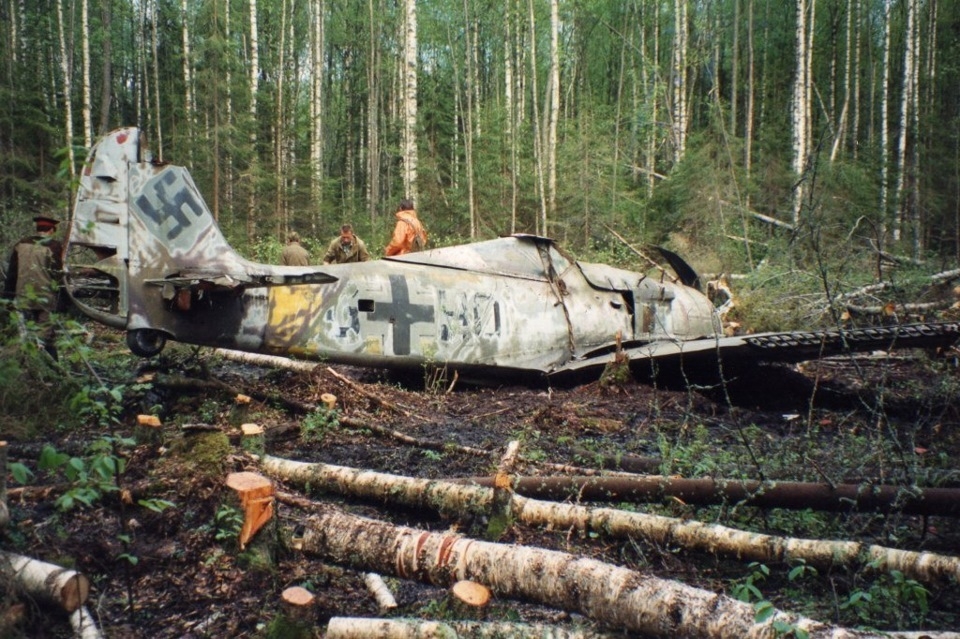
On a hot Monday morning, July 19, 1943, sergeant-major Paul Rätz sat in the cabin of his Fw190A-5 / U3 WNr.1227 and flew paired with another Luftwaffe aircraft from Siverskaya airfield, carrying the SC250 bomb under the fuselage. It was about 15 minutes of flight to the front line. Crossing the front line on the Dvina River, they moved further east. Near the village of Voybokalo, aircraft attacked the Soviet armored train. During the attack, one of the airсrafts was damaged by Soviet air defense fire. One of the hits broke the fuel tank and injured a pilot. The pilot pulled to the base until the last, but having lost a lot of blood, he had to make an emergency landing. The plane landed in a glade in the middle of the forest, after landing the pilot died.
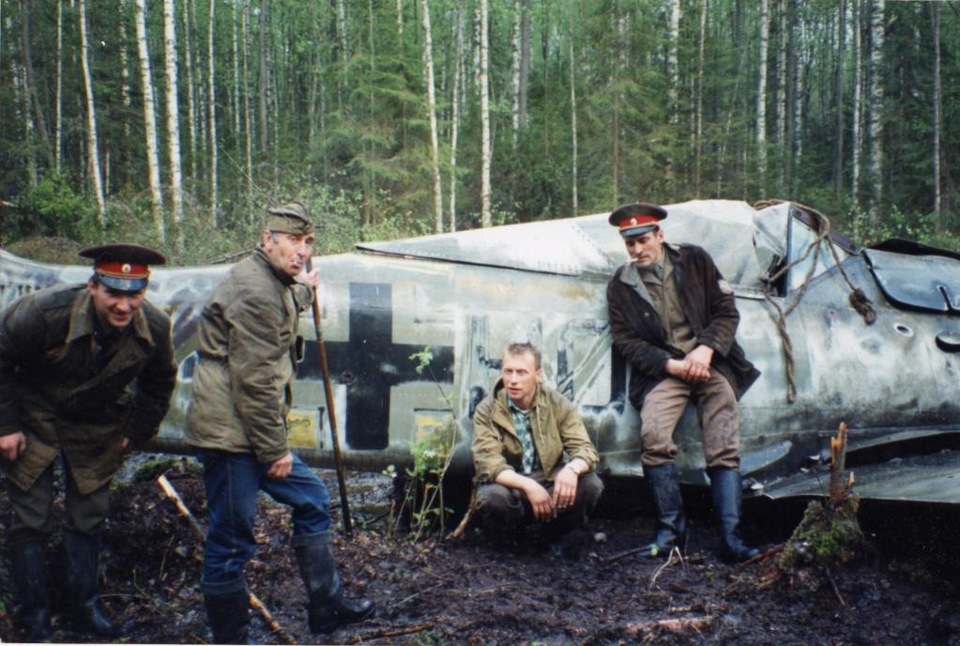
After the plane was found in 1991, it was sold and went on restoration in the USA, after which it was completely restored and took off again!
Ilyushin Il-2 was lifted from the bottom of the lake
The P-39Q-15 Airacobra aircraft, serial number 44-2911, was discovered at the bottom of Mart Yavr Lake (Murmansk region of Russia) in 2004. The fighter was spotted by a fisherman who said that he saw through the water, on a muddy bottom, the shape of the tail of an airplane. When the plane was lifted from the bottom of the lake, it turned out that both doors of the cockpit were locked. Although usually, with a hard landing, one or both doors are discarded to give the pilot an exit. Presumably, the pilot died immediately from a severe hit when the plane hit the bottom of the lake or from flooding of the cockpit.
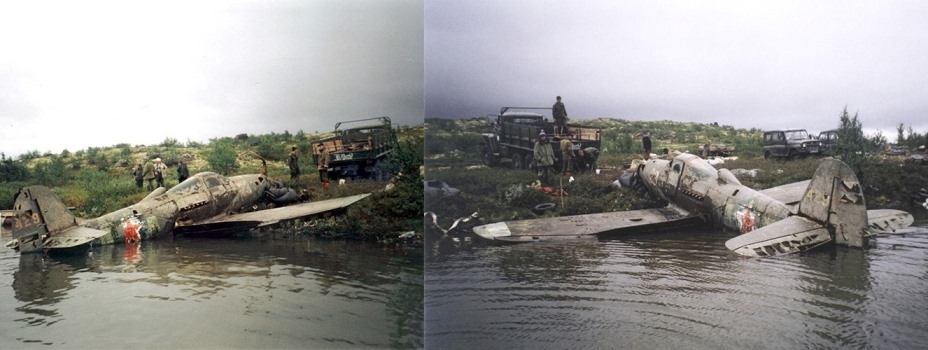
The remains found in the cockpit were buried with all honors on the Walk of Fame in Murmansk. Also inside the cabin were discovered stocks of ammunition and stew. In a separate case was found a flight book and some other documents, everything was blurred a lot with water.
Brewster F2A Buffalo, aircraft lifted from the bottom of the lake
In December 1939, Finland purchased 44 Brewster Buffalo fighters from the United States. It’s hard to believe, but this barrel-like airplane, that was thought to be one of the worst World War II fighters, ended up being Finland’s most productive combat vehicle.
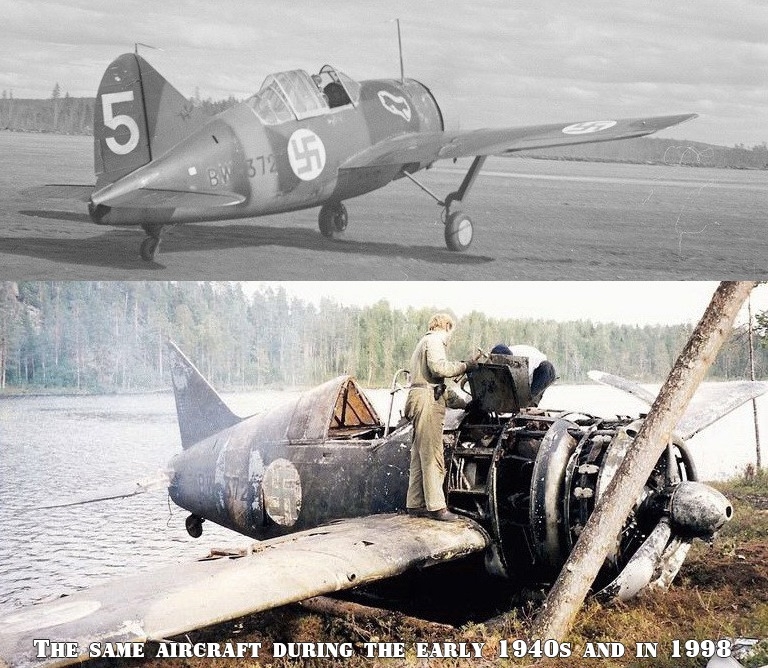
On June 25, 1942, at 13.25, four «Brewster» aircraft received warning orders and took off from the Tiksha airfield. Including also the one with the number BW-372 under the command of Lieutenant Lauri Olavi Pekuri (Ohukainen). They were supposed to intercept the Soviet planes that appeared near the airfield, but, not being able to catch them, they headed to the area of the city Segezha, where there was already an ongoing air battle. As a result of the battle with several aircraft of the Hurricane type, Lieutenant Pekuri's plane was shot down and splashed on Lake Big Kalejärvi. The pilot managed to survive and even walked for about 15 kilometers to the Finnish positions.
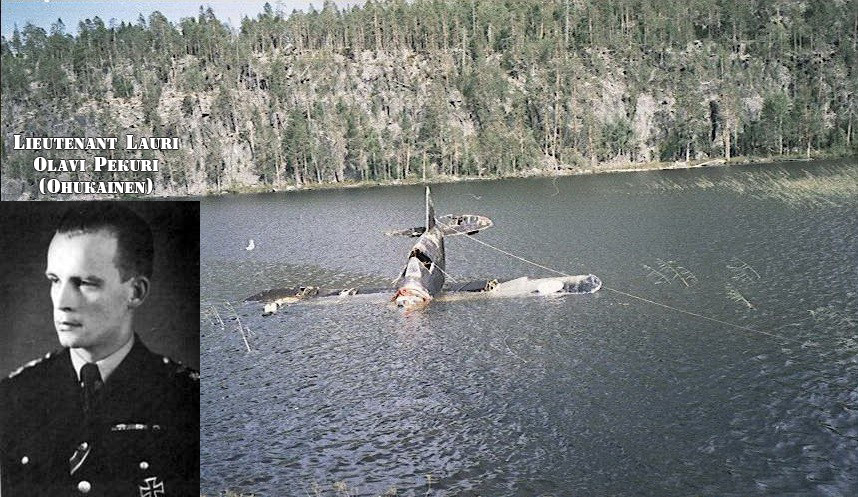
The plane sank in the river Bolshaya Kalayarvi (Karelia region of Russia) at a 15-meter depth in the basin. The underwater environment was ideal for maintaining the machine. Lying on the bottom of the lake for 56 years, the fighter plane was completely immersed in silt, which slowed down the corrosion process. The plane was lifted from the bottom of the lake in August 1998.
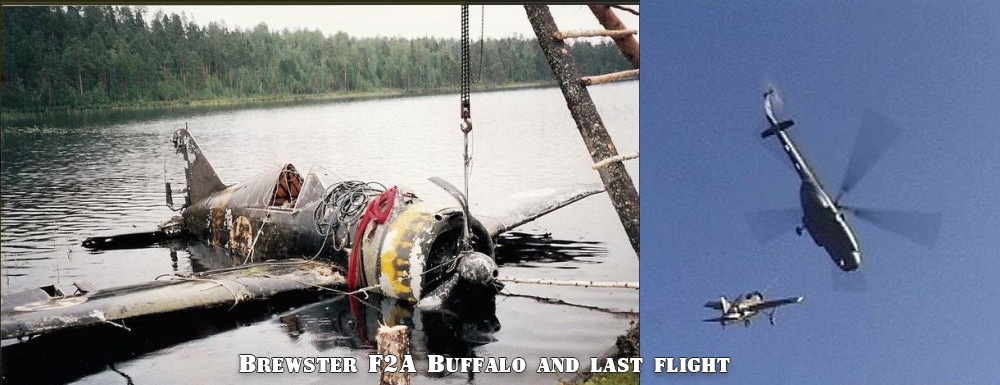
Crashed Heinkel He 111
The historical information about this Luftwaffe aircraft is largely based on assumptions and the facts that were possible to establish at the crash site. So that we can not guarantee 100% the veracity of the information presented below.
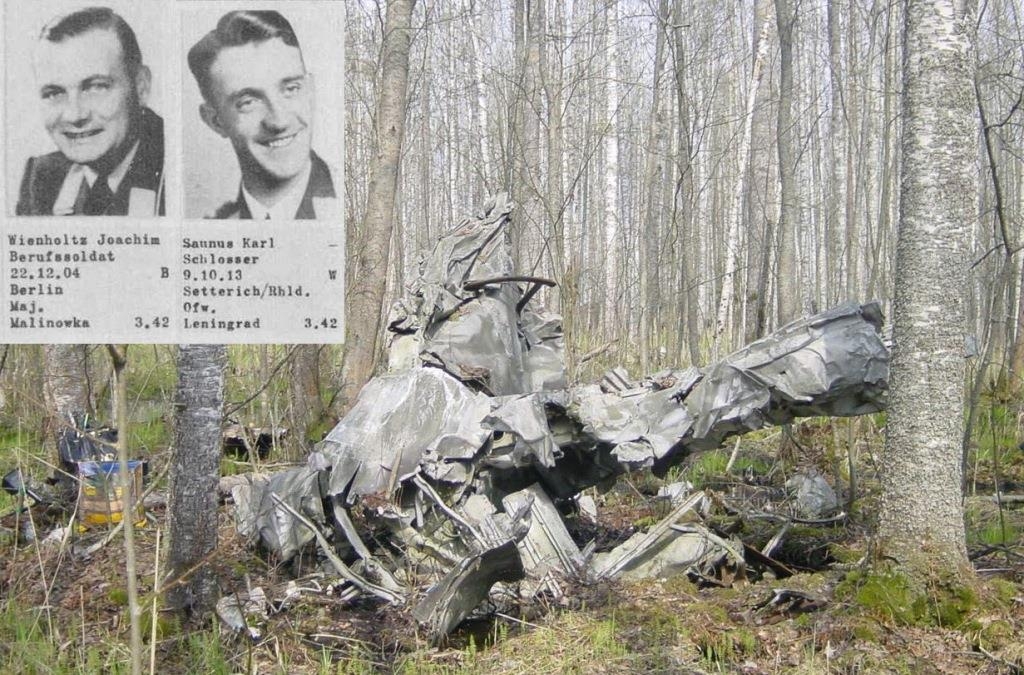
This German medium bomber was found in the forests of the Leningrad Front relatively recently. As can be seen from the photographs from the excavations, the plane crashed and its reconstruction is impossible.
The crew names were established - Saunus Karl, Meyer Siegfried, Weinholtz Joachim. All of them died in March 1942. Therefore, we can assume that the plane crashed at this particular time. The Heinkel He 111 crash site is a forest between the villages of Malinovka and Volkhov in the Leningrad Region of Russia.
Two nameplates were removed from this aircraft. The serial number of the aircraft was visible on them- 2274 R. These plates were sold to our good client from the USA. By the way, if you are interested, you can visit our store as such interesting finds like spare parts and other relics of Luftwaffe periodically appear on sale on our website - link.
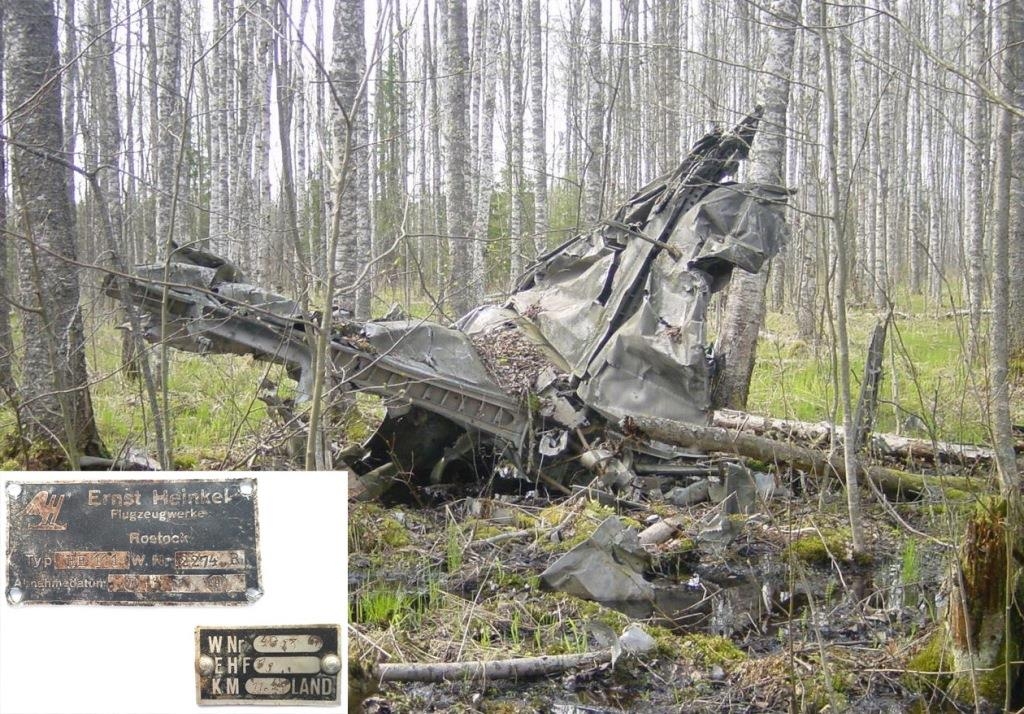
Ilyushin Il-2 was lifted from the bottom of the lake
A single Soviet Il-2 attack aircraft was found on August 8, 2018, and was lifted from a depth of 18 meters in the Murmansk Region of Russia. The insignificant nature of the damage, soft landing and muddy deposits at the bottom of the lake allowed the aircraft to be well preserved, and therefore it is suitable for further restoration.
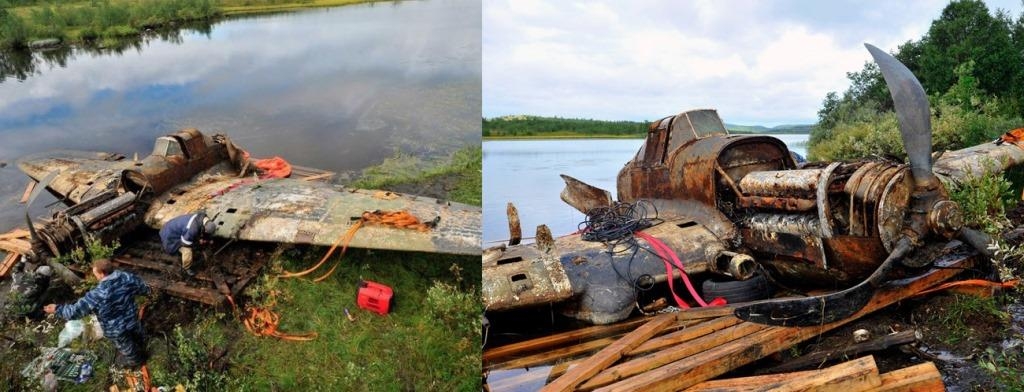
The pilot of the attack aircraft was Captain Alexander Kalichev, the commander of the 3rd squadron of the 46th assault aviation regiment of the Northern Fleet. On August 22, 1943, during the assault on the Luostari airfield near Murmansk, this IL-2 was shot down. The pilot himself was able to land the plane on the water, he got out of it and even got to his troops. Later, the pilot continued to fight in the USSR Air Force.
Messerschmitt Bf. 109, lifted from the bottom of the river
This Me-109 was found at a depth of 8-9 meters in Lake Tuliavr, Murmansk region of Russia.

The Messerschmitt modification BF-109G2 belonged to the Luftwaffe 5th fighter wing. Until 1942 it fought near Leningrad and then was relocated to the Luostari airfield. From there, it was covering the attacks of bombers on the ships of the Northern Allied convoys and defended German airfields from attacks by Soviet bombing and assault aircraft. In the winter of 1944, the plane was shot down and had to make an emergency landing on the ice of the lake, where it was abandoned.
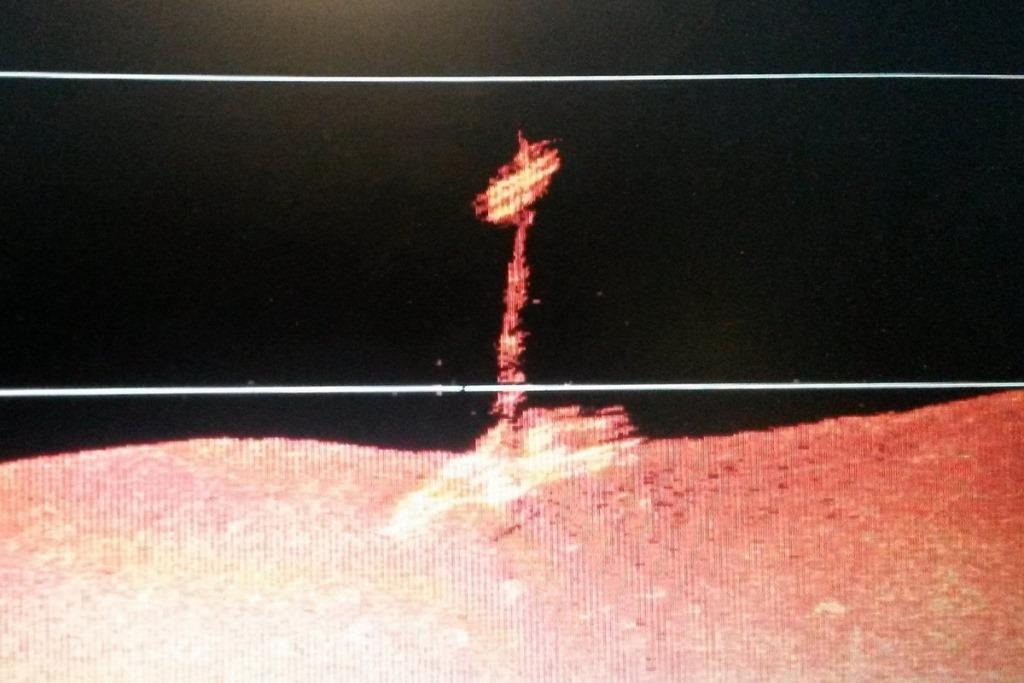
The fuselage on the right and left sides has numerous damages, mainly in the form of bullet holes from bullets and shells. The lower fuselage panels are dented. On the left flap, there is a hole from the projectile with a diameter of about 100 mm, as well as multiple bullet holes with a diameter of 20 to 50 mm. The tip of the left plane has a dent over the entire surface, the right aileron is torn into 2 parts as a result of the hit of the projectile. Due to the vertical position of the aircraft at the bottom of the lake, the front of the fuselage and wings that were in the silt were much better preserved than the rest of the parts.
